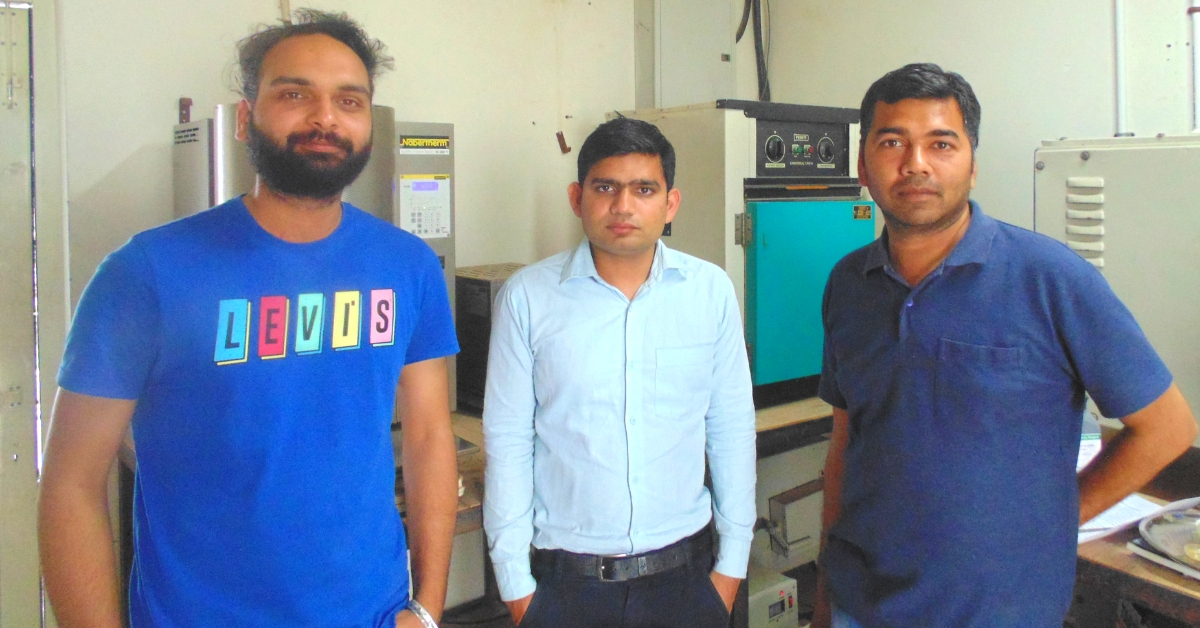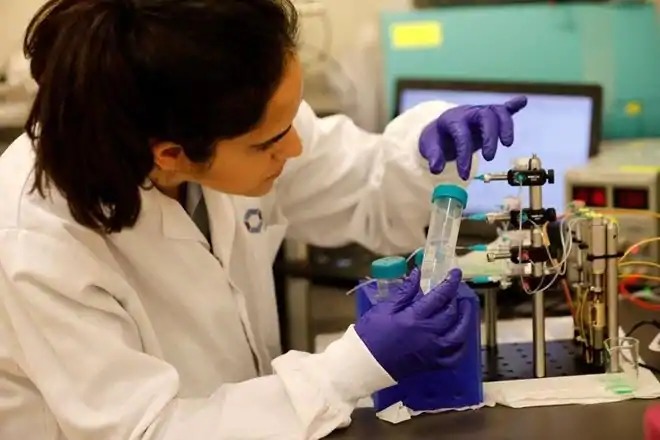IIT Mandi Folks Build Self-Cleaning Glass That Uses Only Sunlight To Purify Water!
From protecting the food on your plate from harmful microbes to purifying the wastewater coming out of your washing machine, this self-cleaning glass has the potential to transform people's lives! #IIT #Innovation

In a significant development, researchers at IIT Mandi in Himachal Pradesh, have developed self- cleaning transparent calcium (silicated) borate glasses and titanium dioxide glass nano-composites that use sunlight and clean wastewater by killing bacteria and microbes present in dyes, drugs and detergents.
The three people behind this innovation are Dr Rahul Vaish, an associate professor at IIT-Mandi, and research scholars, Gurpreet Singh and Sandeep Kumar.

“Existing technologies can clean up solid pollutants besides dissolved inorganic compounds, but microbes and organic pollutants like dyes and detergents that dissolve in water cannot be removed. This self-cleaning glass can only clean up microbes and organic pollutants, and not solid particles,” says Dr Vaish, in a conversation with The Better India.
Take the example of the textile industry, which releases wastewater into various lakes and rivers carrying effluents that have dissolved into the water.
While sewage treatment plants can filter out the solid particles and toxic inorganic compounds, removing dissolved organic dye compounds that are considered carcinogenic remains a challenge.
Also Read: An Ice Cafe in Ladakh That Serves Maggi & Masala Tea? 3 Village Lads Have Built It!
How does the self-cleaning glass purify water?
“Photocatalysis is similar to photosynthesis. The glass has a delicate outer coating of titanium dioxide. When ultraviolet light hits the titanium dioxide coating of a self-cleaning glass, electrons are generated. These electrons break the molecules,” says Dr Vaish.
For example, if you have CH4 (methane) in the wastewater, what the electrons mainly do is destabilise the organic compound and break it down into CO2 and H2O. When we are talking about organic compounds, we are referring to the presence of carbon molecules. When we imbalance the structure, we change the compound’s properties, he explains.
“There is no extra cost or capital involved. You only need sunlight,” adds Dr Vaish.
These glasses are developed using a technique called melt quenching, which is the traditional technique of glass making in bulk form which includes mixing of ingredients, heating up to a temperature usually higher than 1300°C and quenching of the glass melt to obtain a glass frit.

“What we have before us is a massive range of glass chemistry. Glass windows, mobile phone screens and dinner sets have different compositions of ingredients, and we have find out which type of self-cleaning glass we would like to make. We are in touch with a few firms seeking our expertise on the subject. Let’s see how we can transfer our technology to these companies,” says Dr Vaish.
According to the press release issued by IIT-Mandi, these easy to fabricate glasses can be made in the form of large panels which can have a wide range of applications from water bottles to large water cleaning tanks. Many researchers have successfully demonstrated the removal of such toxic chemicals from water. However, cost and efficiency associated with existing technologies are significant obstacles in their commercial usage.
Dr Vaish further elaborates on this.
1) “The glass can remove detergents from water. It could be used in washing machines to clean the water at the discharge point itself, rather than letting the contaminated water flow into our river systems,” says Dr Vaish to the Press Trust of India.
2) “We will also need glass cutlery that is antibacterial and reduces the probability of bacteria in the food. For example, storing drinking water in copper pots is known to kill contaminating bacteria. If you drink water out of a copper jug, there are greater chances of drinking pure water. It is the same for silver utensils as well. However, such utensils are costly, and consumers aren’t using it. This is another potential use for self-cleaning glass,” he informs The Better India.
3) Researchers led by Dr Vaish are also looking to enhance the transparency of these glasses so that they can be used to replace regular windows.
4) There is even massive potential for mobile applications as well, considering the phone screen one of the biggest carriers and transmitters of bacteria.
5) Another prospective use for this self-cleaning glass is to integrate it in sewage treatment plants in an eco-friendly and economical manner. Businesses and researchers need to figure out a way to do so.
6) This technology can remove NOx (oxides of nitrogen) from the air and be used to clean it. If we place these glasses in our windows, we can fight air pollution too,” says Dr Vaish to PTI.

The question now is cost and scaling up the production of these glasses.
“Cost-wise, we still have to figure things out. In terms of economic utility, we must also ensure the material does not cause harmful effects, possesses eco-friendly properties, and if the whole production ecosystem works properly, we will look at efficiency and other potential uses,” says Dr Vaish.
The potential for these self-cleaning glasses is incredible. Dr Vaish and his team are on the cusp of developing something big.
(Edited by Gayatri Mishra)
Like this story? Or have something to share? Write to us: [email protected], or connect with us on Facebook and Twitter.
If you found our stories insightful, informative, or even just enjoyable, we invite you to consider making a voluntary payment to support the work we do at The Better India. Your contribution helps us continue producing quality content that educates, inspires, and drives positive change.
Choose one of the payment options below for your contribution-
By paying for the stories you value, you directly contribute to sustaining our efforts focused on making a difference in the world. Together, let’s ensure that impactful stories continue to be told and shared, enriching lives and communities alike.
Thank you for your support. Here are some frequently asked questions you might find helpful to know why you are contributing?


This story made me
-
97
-
121
-
89
-
167













